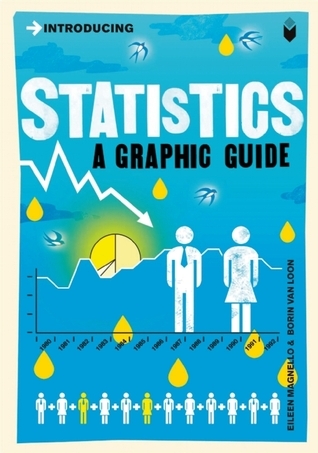What do you think?
Rate this book


176 pages, Paperback
First published October 1, 2005
That appears to be a typographical error. "Corcumdum" is not an accepted alternate spelling for corundum. Corundum is a mineral with a hardness of 9 on the Mohs scale, second only to diamond. Its name comes from the Tamil word kuruntam. The two most well-known gem varieties of corundum are ruby (red) and sapphire (all other colors).Toward the end of the book I got stumped by an ambiguous reference to "the proportion of the population of voters in the UK". Gemini guessed what the author was trying to say:
A clearer example would have been: "For example, if a political analyst wants to estimate the proportion of likely voters in the UK who will vote for Candidate X, the proportion is the unknown parameter and the estimate is based on a small random sample of voters." This phrase would have removed all four of your alternative interpretations and made the example's purpose immediately clear.